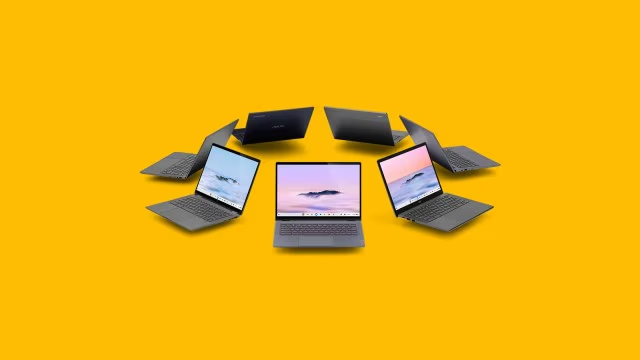Google announced this week that it will merge ChromeOS with Android in an effort to streamline its operating systems. The confirmation came from Android Ecosystem President Sameer Samat, who first made the announcement in an interview with TechRadar and later posted it on X.
Android and ChromeOS were developed in parallel, but now both operating systems are merging. The merger was originally expected to happen in 2015, so it has been a long time coming. Google had been hinting at the merger for some time, including last year when it announced that ChromeOS would be built on the Android tech stack, including the Android kernel.
For years, ChromeOS has been centered on laptops, while Android has dominated the mobile ecosystem. ChromeOS, for its part, has been a semi-successful operating system, but it has often been described as a “barebones” OS. Essentially, it’s built on Linux and stripped down to the bare essentials.
One of ChromeOS’s advantages is its ease of use. It runs smoothly on low-end hardware, which initially made Chromebooks a cost-effective alternative to Windows computers and Macs. While it offers a desktop environment similar to what you would find on a Windows laptop or Mac, it mainly includes basic tools like a file browser, video/image viewer, Settings app, and the Chrome web browser. ChromeOS run web apps, Android apps and Linux apps, but not the best-in-class apps. Google has partnered with major OEMs to launch Chromebooks, and in fact, ChromeOS has received major updates in recent years. These include improved desktop management, Phone Hub integration, AI features, and the Chromebook Plus certification for high-end devices, among others.
Google merging ChromeOS and Android makes a lot of sense. While Chromebooks have been a popular choice for students, these devices have struggled to compete with Apple’s iPad and Windows computers, despite improvements in Chromebook hardware in recent years. At the same time, Google has faced an uphill battle in making its Android tablets as capable as the iPad, even though features like multitasking and desktop-like functionality have been added.



